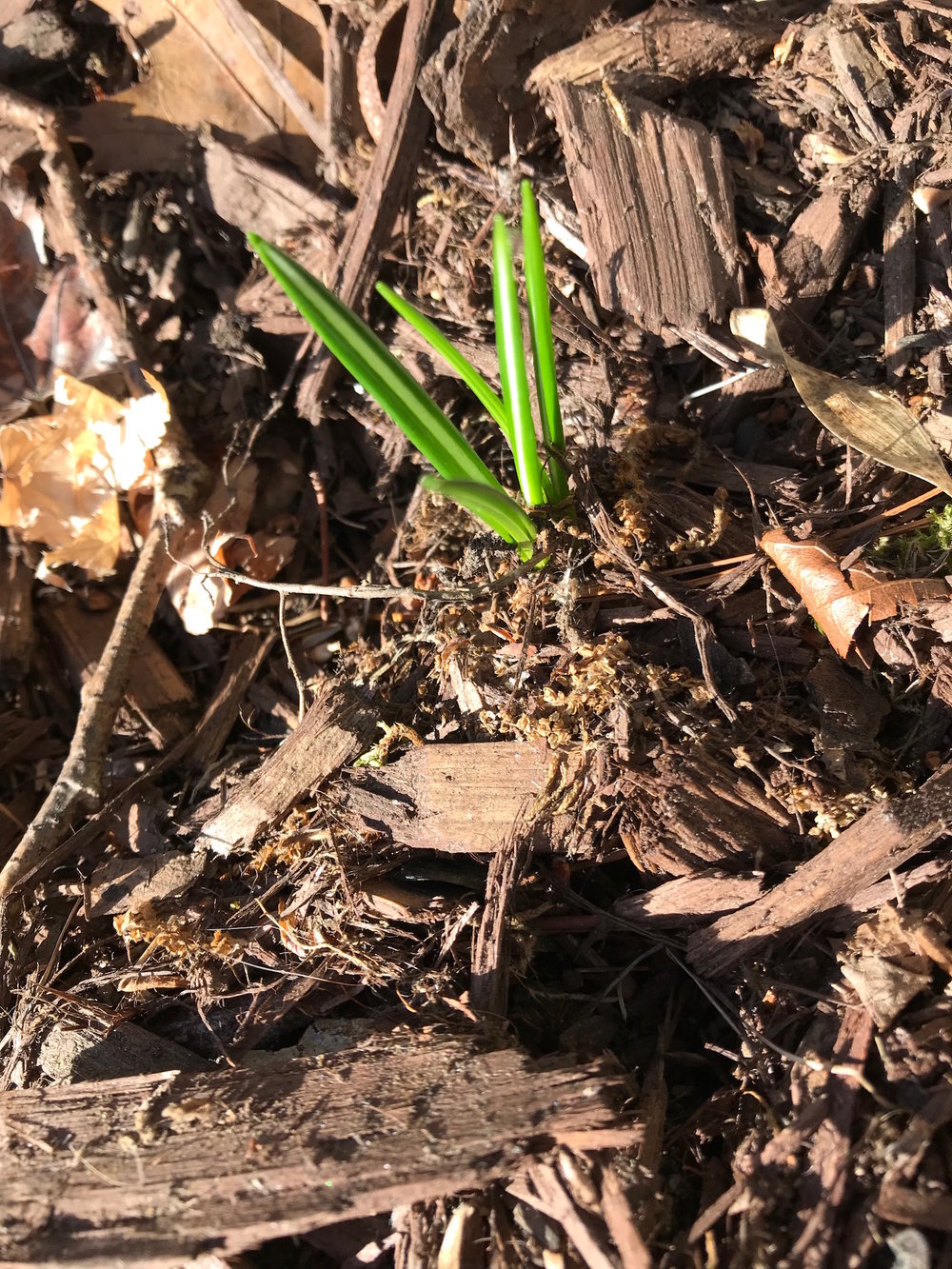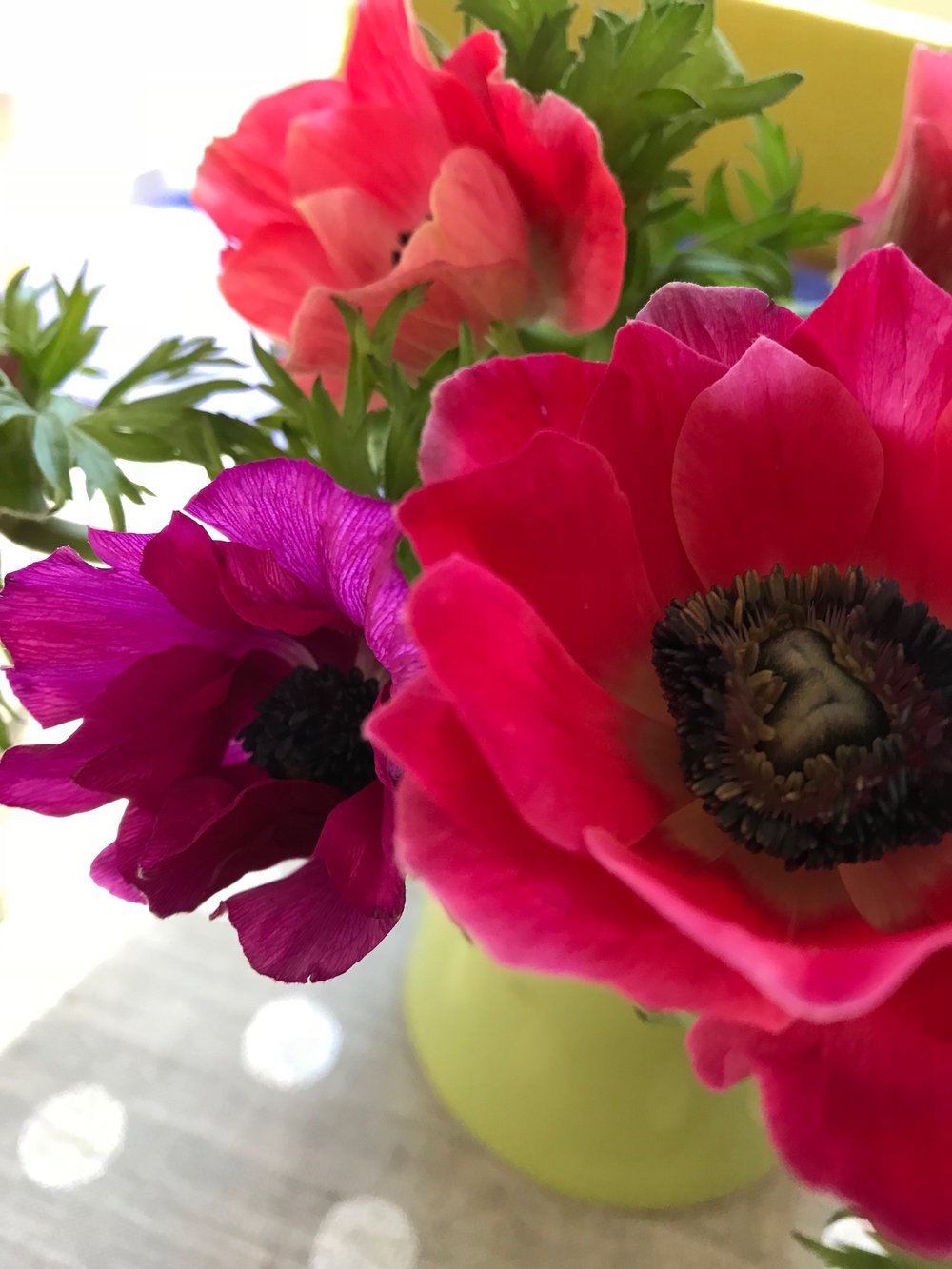Does this sound familiar? You’re ready to start your day. You’ve already dressed, showered, and had your breakfast. For all intensive purposes, you want to get going. However, you’re not quite settled or ready to begin. You might be feeling unsure of which project or task to start next. Maybe you’re feeling overwhelmed with the enormity of your to do list. You might be feeling uncomfortable, unsettled or anxious.
This is the perfect opportunity to introduce some mindfulness to help you find your next step.
5 Mindful Ways to Discover Your Next Step
Start With Your Breath
Using an anchor helps us to notice where we are. Your breath works beautifully as a place to focus. You can access it anywhere at anytime. Take a comfortable position sitting in a chair, standing, or even lying down. If it helps, you can close your eyes. Focus on your breathing. Don’t force it. Take a few minutes to notice your natural patterns of breathing in and breathing out. Let your attention focus solely on your breath. If your mind begins to wander, as minds will do, just bring your attention back to your breath. Breathing in…breathing out. The act of shifting your focus to your breath will help you think more clearly and calmly and make room for your next step.
Add a Dose of Gratitude
Before deep diving into figuring out next, take a few minutes to express gratitude. This can be done as informally or formally as you’d like. You can simply think the thoughts or write them down. There are no rules here. You can think about just one thing or person that you are grateful for, or you can generate a longer list. Take a few mindful minutes to focus your energy in this positive way. Expressing gratitude is another way of anchoring you and making you more open and available for next.
Secure What You Need
When we’re about to embark on a project or new task, it’s challenging to do that if we haven’t taken care of our needs. Ignoring them can leave us antsy. Take a few more minutes to notice what you need to feel settled. For example, before sitting down to write, I like to make a nice, big mug of tea that I can sip between thoughts. I make sure I’ve used the bathroom. I minimize distractions like closing out open windows on my desktop. Taking care of my basic needs, helps me to better focus on what comes next. We often ignore our needs. Slowing down long enough to be mindful of where we are and what we need is essential.
Make the Selection
Have you got a to do list? Is it floating around your head or written down? While I prefer a written list for myself, there’s no right or wrong here. However, for the selection part, I highly recommend capturing the options in some written form so that you can review them. It doesn’t have to be fancy or official. Keep in mind that most of us have many things to do in our lifetime. None of those things get done in a single day. Instead we make choices each day to do or not do what we need and want to do. With that in mind, and in order to keep overwhelm at bay, create a list of no more than three things. Don’t worry. If you complete those things, you can add more. And also remember that tomorrow is another day. But for today, for this next, just write a list of three. Now it’s time to choose. To help you decide think about things like:
Do I have time today to work on this?
Do I have the energy needed to focus?
Would this step be better accomplished at another time or day?
Does this have a deadline?
Is this a priority?
If I didn’t accomplish this, would it matter?
Can I remove this from my list altogether?
Can this be delegated to someone else?
Do I want to get some quick and easy things accomplished quickly to get my motor going?
Remember, there’s no wrong choice. Remove judgment. Maybe next will be organizing the junk drawer, removing the extra hangers from your closet, or making plans for that upcoming party. You’re simply working on that next step. Build from there.
Take Your Next Step
Congratulations! You’ve anchored yourself with breathing and gratitude, taken care of your basic needs, and selected what you’d like to do next. You’re ready for action. Remember that next involves actually doing something. You’ve used some simple mindfulness strategies to arrive at this point. As you experience next, stay in the moment. Whatever you’ve chosen, allow yourself to be there with it. Focus on what you’re doing as you’re doing it- one movement, one step, and one action at a time.
What helps you figure out next? Have you used mindfulness in the process? I’d love to hear your thoughts. Come join the conversation!












